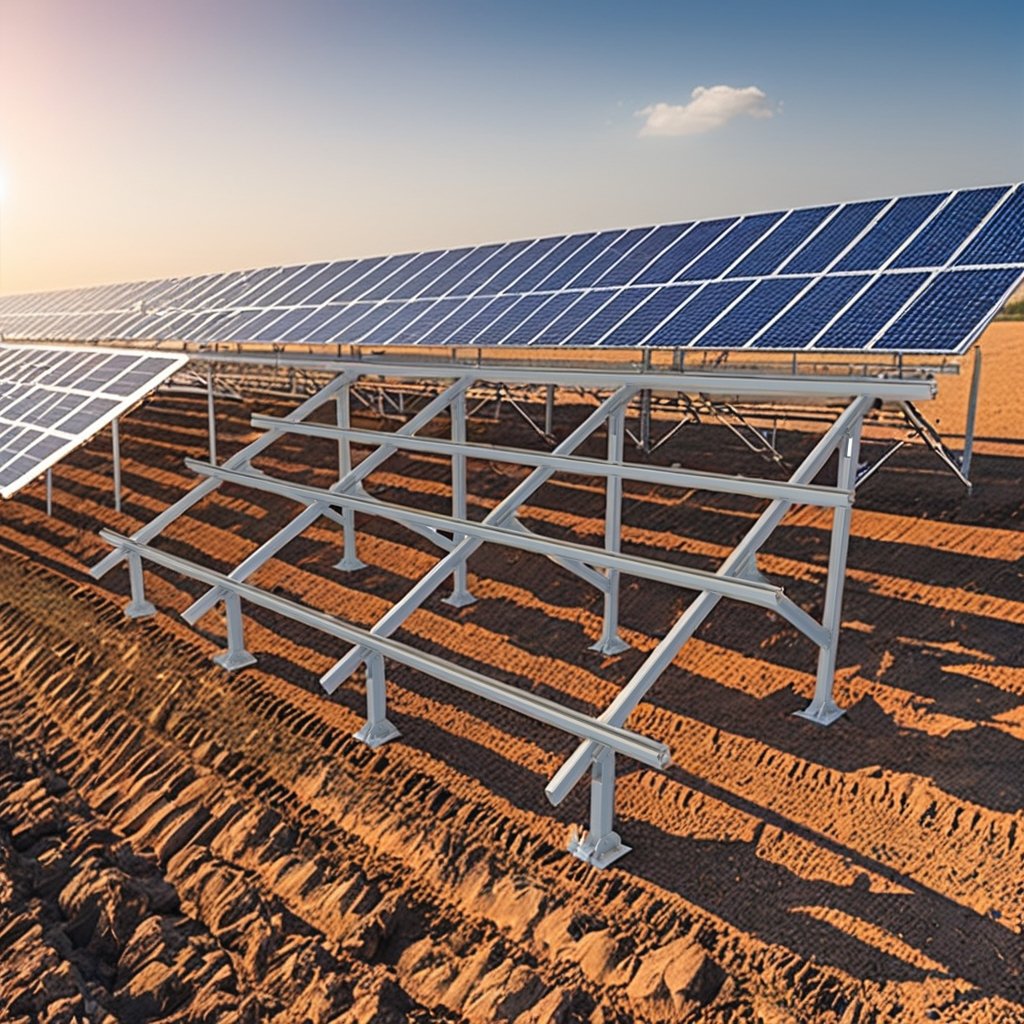-
2103 Room NO.322 Xinggang One Road,Haicang District,Xiamen Fujian,China

Why Sunlight Hours Matter in Solar Power Generation
Table of Contents
When considering solar power systems, one of the most common questions is:
“How do sunlight hours and solar radiation affect electricity generation?”
This article explains the importance of sunlight hours, how different regions vary in solar output, and the relationship between snowfall, sunlight, and solar radiation. By understanding these factors, you can design a more efficient solar energy system. We’ll also explore the causes of reduced power generation and how to prevent long-term efficiency loss.

What Are Sunlight Hours and Solar Radiation?
What Are Sunlight Hours?
In solar energy, sunlight hours refer to the period when the sun’s rays directly reach the Earth’s surface. This determines how much solar energy panels can receive and convert into electricity.
A commonly used measurement is the peak sunlight hour, defined as one hour when solar radiation averages 1,000 watts per square meter (W/m²). Regions with more peak sunlight hours allow solar panels to generate more power efficiently.
What Is Solar Radiation?
Solar radiation is the total electromagnetic energy emitted by the sun. It plays a crucial role in solar photovoltaic (PV) systems, which convert this energy into usable electricity.
Radiation levels vary with climate and weather. On sunny days, solar radiation is high and output increases. On cloudy or rainy days, radiation is lower and so is energy production.

Why Sunlight Hours Are Critical in Solar Power
Sunlight hours directly affect how much energy a solar power system can generate. The longer your panels are exposed to direct sunlight, the more electricity they can produce.
That’s why accurate sunlight and solar radiation data are essential when planning a solar project. These figures are typically available through national meteorological services or solar resource databases.
If you’re selecting a site for your installation, sunlight duration should be one of your top considerations.
Regions With High and Low Solar Output
The performance of a solar system can vary significantly depending on the location’s solar conditions.
Regions With High Solar Output
Regions with long sunlight hours and many sunny days naturally perform better for solar generation. These areas allow solar panels to operate at full capacity for longer periods.
| Region Type | Features |
|---|---|
| Desert & arid zones | Long sunlight duration, clear skies year-round |
| Coastal or tropical areas | High solar irradiance, minimal cloud cover |
Regions With Low Solar Output
In contrast, some regions have challenges such as shorter daylight hours or frequent cloud cover. This limits how much solar energy can be generated throughout the year.
| Region Type | Challenges |
|---|---|
| High-altitude or mountainous zones | Shadows from terrain and shorter sun paths |
| Snowy or overcast climates | Shorter daylight periods, more diffused sunlight |

Snowy Regions: Still Viable for Solar?
Contrary to popular belief, solar energy can still be effective in snowy environments. Snow can reflect sunlight onto solar panels, increasing radiation levels. Research from the U.S. Department of Energy has shown that snow-covered panels can sometimes perform better due to reflection and natural cleaning effects.
Even if winter days are shorter, solar radiation can still be sufficient for meaningful energy generation. Therefore, heavy snowfall does not necessarily make a location unsuitable for solar power.
Common Causes of Reduced Solar Output
Even in sunny regions, your solar system’s performance can decline due to the following factors:
1. Increased Panel Temperature
Higher panel temperatures can reduce efficiency. For instance, when panel temperatures reach around 35°C, output may drop by up to 3.6%. This occurs due to increased internal resistance and material sensitivity to heat.
Proper material selection and cooling design help minimize this effect.
2. Conversion Loss in Inverters
Power inverters (or power conditioners) convert direct current (DC) from the panels to alternating current (AC) for household or grid use. However, some energy is lost in this process.
Using high-efficiency inverters and maintaining them regularly can reduce conversion loss and improve total energy yield.
3. Dirt and Debris on Panels
Dust, bird droppings, or industrial pollution can block sunlight. According to Popular Mechanics, debris can block up to 25% of sunlight. Stanford University researchers found that even 1 gram of dust could reduce panel output by up to 60%.
Routine cleaning and maintenance are critical to maintaining system performance.
The Key to Solar Success: Understand Sunlight Hours
The success of solar energy systems depends on more than just hardware. Sunlight duration and local climate conditions play a key role in determining actual electricity output.
To build an effective solar solution, consider:
- Local solar radiation and sunlight hour data
- Seasonal weather changes
- Proper cooling and dust mitigation
- High-quality components and maintenance schedules
Looking for Reliable Solar Materials?
At Firstsolar, we offer durable, high-performance mounting systems and solar accessories suitable for any environment—sunny, snowy, or coastal. Our products are designed to optimize power generation while withstanding climate-related challenges.
✅ Corrosion-resistant aluminum racking
✅ Snow load-ready structures
✅ Stainless steel fasteners and accessories
✅ Customized designs for your local solar conditions
Build your solar system with confidence—choose Firstsolar.
Let me know if you’d like me to:
- Add internal links to your product pages
- Convert this into a downloadable PDF or web article
- Add actual image files or graphic designs for the suggested visuals








